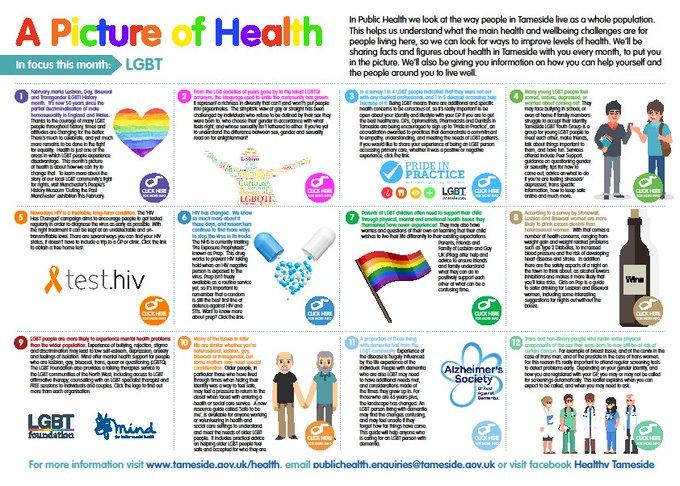DEI And The UN Are Birds Of A Feather
At the UN, DEI policy explicitly includes sexual orientation and gender identity alongside race, sex, and disability, without a mandate from member countries.

Within days of Donald Trump’s inauguration, U.S. delegates to the UN began pushing for the removal of gender ideology and “diversity, equity, and inclusion” (DEI) initiatives from UN policy.
This unprecedented and strong pushback on DEI came as a surprise to many, along with the realization that there is an enormous amount to push back on. Though many national delegates were learning for the first time what DEI means in practice, for years DEI had become widespread across the UN’s bureaucracy and agencies.
“Prompted by the 2020 global reckoning on institutional and systemic racism,” UN Secretary-General Antonio Guterres established a task force to produce a DEI glossary, vision, and principles. According to the vision statement, DEI “is aimed at transforming the UN system workforce and workplace,” and will “require embedding these DEI principles into everything our organizations do, from programming to operations, aimed at “transformative change” in the communities and societies they serve.
While the reckoning that unleashed DEI across governments, academia, the private sector, civil society, as well as the UN, may have begun with racial discrimination, it did not stay there. Central to DEI is the splitting of individual identities into multiple “intersecting” categories that are seen as the targets of potential oppression. Across the UN system, DEI policies explicitly include sexual orientation and gender identity alongside race, sex, and disability.
The glossary of DEI terms, applicable to the whole UN system, includes a variety of terms that are labeled as “Definition relevant in the DEI context, not identified as internationally agreed language,” including “sexual rights,” “coming out,” “cisgender,” and “gender expression.”
On the United Nations Population Fund’s DEI website, the agency proudly states that five percent of its personnel “self-identify as a LGBTQIA+ individual.” UNFPA also announced that it allows its employees to identify in their directory “with a third-gender prefix option,” thus becoming “the first UN agency to recognize in an accurate and respectful way non binary colleagues.” UNFPA also stresses that its commitment to DEI goes beyond its internal human resources practices by noting that its director spoke out publicly against the criminalization of homosexual acts in some countries.
The World Health Organization (WHO) similarly commits to recruiting staff with diverse sexual orientations and gender identities on its DEI page. It also established a Department of Gender, Rights, and Equity – Diversity, Equity, and Inclusion” (GRE-DEI) which is currently tasked with developing a guideline on the health of “transgender and gender-diverse people.” The development of guidelines has drawn controversy due to its involvement with a group whose scientific methodology was shown to be manipulated to produce their desired outcomes.
The common thread linking the UN’s central DEI platform and the various DEI initiatives spread across its agencies is that it serves as a vehicle to mainstream gender ideology throughout the UN system without any mandate based on the consensus of its member countries, while employing a vast array of politically charged terminology that arises from activist groups and academia, not from negotiated consensus and internationally agreed definitions.
The recent pushback from the U.S. delegation may lead to a broader dismantling of DEI across the UN system, similar to what President Trump is doing within the U.S. government. At a minimum, it has shined a spotlight on the presence of DEI programs throughout the UN and demonstrated their inextricable links to controversial gender ideology issues.